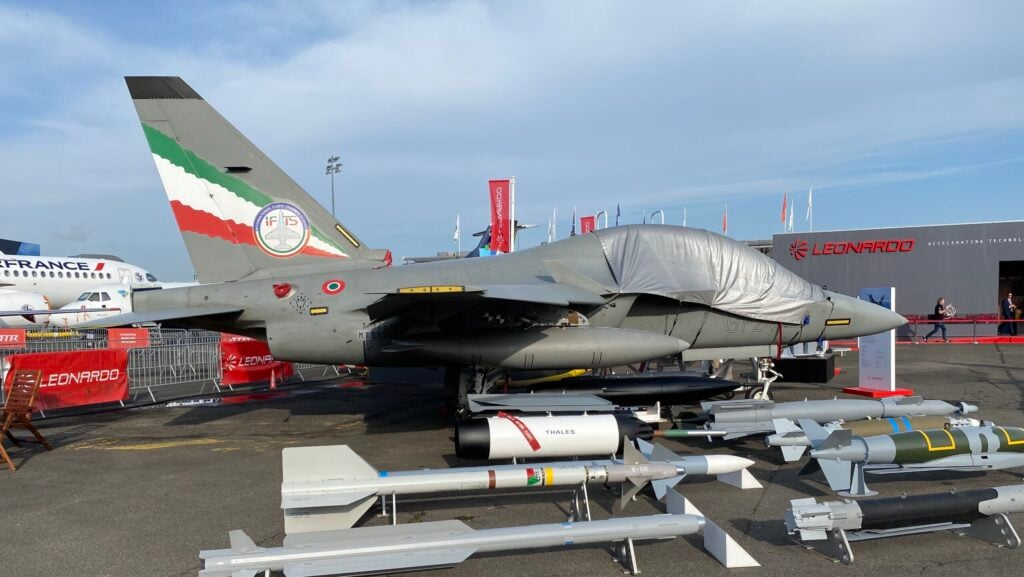A big part of the Textron-Leonardo team’s pitch is that the M346 isn’t just a jet, but is tied into a whole training enterprise that is already in use on a global scale, including international F-35 pilot training. Italy, Poland, Singapore, Israel, Greece and Qatar are all M-346 operators — and all but Qatar are either current or planned operators of the F-35 Joint Strike Fighter.
“It’s not just the airplane, it’s a pull-up simulation system. It’s developed courseware. It’s a way of teaching that’s already been validated for countries that are flying the F-35 today,” Thomas Webster, Textron Aviation Defense’s vice president of global sales and strategy, told Breaking Defense during last week’s Sea Air Space symposium. “The strength we think we bring is that they’re going to go from contract to actually starting to turn out students much quicker than any other competitors.”
In particular, Webster and a set of executives from Leonardo emphasized the benefits of the International Flight Training School, a joint project between the Italian military and Leonardo, located in Decimomannu, Italy. Training at that facility is based around the M346, and a number of current or future F-35 operators — including Japan, Germany, Singapore, Austria, Canada, and the United Kingdom — have announced plans to take part in the school.
While cautioning that the final RFP from the Navy isn’t out yet, Webster said there should only be “minor tweaks” needed to turn the M346 into what the companies are pitching as the “M346-N.”
For instance, the M346 is capable of doing
Field Carrier Landing Practice — basically, touch-and-go operations on land that are supposed to simulate landing on a carrier — now. But the recent Navy RFI said the jet needs to be able to perform 35,000 such exercises over the life of the plane, which may require tightening up of the plane’s landing gear.
Then there’s updating software to match the Navy’s most recent version of its
Precision Landing Mode system for carrier landings. However, until final requirements are written, it remains to be seen exactly what the industry team would need to do.

 breakingdefense.com
breakingdefense.com

